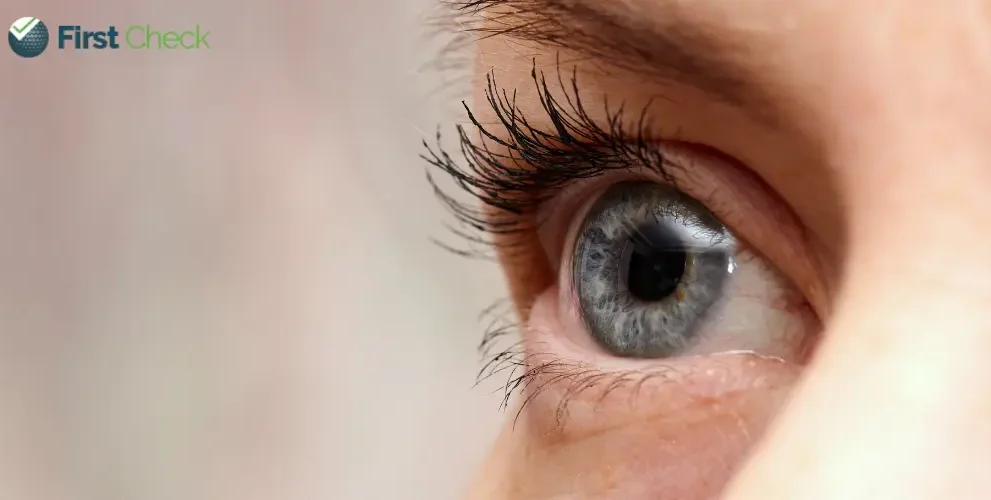The generous act of donating one’s corneas after death can enable two or more people to acquire vision. It can also be valuable for research leading to prevention or cure of blindness.
Vision is one of the most cherished senses, enabling people to perceive the beauty and intricacies of the world around them. However, for billions globally, this sense is compromised due to various eye conditions like cataracts, glaucoma, diabetic retinopathy, and age-related macular degeneration. These conditions, if left untreated, can severely restrict a person’s ability to navigate daily life, impacting their quality of life.
Eye donation - the act of donating one’s eyes after his/her death - can benefit those afflicted by corneal blindness. One donor can enable two or more people to acquire vision. However, there are several myths that deter people from becoming donors.
First Check debunks common myths about eye donation:
Myth: Pledging one’s eyes causes one to be born blind in the next life.
Fact: There is very little scientific evidence to support afterlife, let alone blindness in afterlife. This myth stems from a lack of understanding of the eye donation process. Eye donation involves the generous act of donating your corneas, not your entire eye or the iris. The cornea is the clear, dome-shaped surface that covers the front of the eye.
Myth: Only young people can donate their eyes.
Fact: Younger corneas may be preferred due to their potential for longer viability. However, corneas from older donors can also be successfully used for transplants. In the Cornea Donor Study, funded by NIH’s National Eye Institute (NEI), it was discovered that after 10 years of transplant, corneas from donors over the age of 71 years are likely to remain as healthy as a cornea from a donor half that age. Essentially, it’s important to consider the overall health and condition of the cornea rather than just the age of the donor.
Read More : Fact-check: 5 common myths about conjunctivitis
Myth: Individuals who wear spectacles cannot be eye donors.
Fact: Individuals with poor eyesight can still make a valuable contribution by donating their corneas. However, certain conditions, such as HIV/AIDS, active sepsis, and hepatitis, disqualify individuals from being eye donors due to safety concerns for tissue collectors. Additionally, rare conditions like rabies are monitored by eye banks and technicians. Even if the eyes may not be used for corneal transplantation, they are valuable for research that can lead to prevention or cure of blindness.
Myth: Eyes must be harvested immediately after death.
Fact: While it is optimal to harvest the eyes as soon as possible to ensure the viability of the corneas for transplantation, it is not necessary to do so immediately. The eyes can be harvested for transplantation up to 24 hours after death, depending on certain factors like surrounding temperature and the condition of the eyes. However, within six hours is considered as an ideal time to donate the eyes.
Eye donation is a selfless act that can give the gift of sight to others. Spreading the right information can encourage more people to become eye donors. Trust facts, not myths. Stay informed with First Check.
In case you want to fact-check any health-related claims, you can mail us at hello@firstcheck.in or WhatsApp us on +91 9311 223145.


